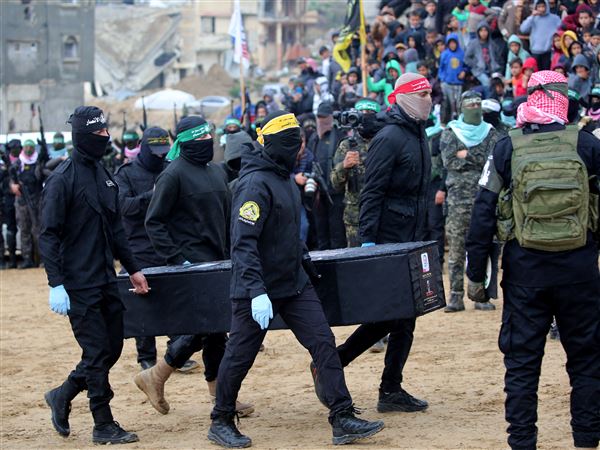We’re not supposed to judge books by covers or titles, but in the case of Joshua Hammer’s “The Bad-Ass Librarians of Timbuktu and Their Race to Save the World’s Most Precious Manuscripts,” it seems appropriate to comment. The book’s title asks us to reconcile our view of librarians as shushing, prim proprietors of orderly stacks with bold adventurers who risk their lives to save manuscripts.
Simon & Schuster ($26).
“Librarians” is an homage to the intellectual heritage of the northern Malian city of Timbuktu, “crossroads of the world,” and part book adventure. It’s a book heist that mixes in serious reporting about African and Muslim politics. Mr. Hammer, the former bureau chief of Newsweek and contributing editor of Smithsonian and Outside magazines, tells the story of how the contents of Timbuktu’s libraries were threatened in the past decade by al-Qaeda in the Islamic Maghreb (AQIM).
In the 16th century, Muslim scholars from all over the world travelled to Timbuktu to study at its many institutions of learning. Scribes made facsimiles of the Koran and the Hadith (the sayings of the prophet Mohammed), as well as books about medicine, science, Sufism, and philosophy. These manuscripts were works of art, written in painstaking Arabic calligraphy, and embellished with intricate arabesques; some even contained 22-karat gold leaf.
Many of the manuscripts were hidden in people’s homes or buried in order to protect them from looting during the French colonial period. In the 1980s, Abdel Kader Haidara singlehandedly rooted out thousands of these hidden manuscripts for a UNESCO repository, the Ahmed Baba Institute, which now contains 377,000 manuscripts. Haidara later established the Mamma Haidara Commemorative Library, a private collection of over 20,000 manuscripts.
Despite Mr. Haidara’s success, in 2012, Tuareg rebels who wanted an independent, secular state, formed a coalition with AQIM and invaded northern Mali. Mr. Haidara determined the manuscripts were under threat and needed to be hidden again.
Many of the manuscripts threatened AQIM’s version of Islam because they “epitomized the reasoned discourse and intellectual inquiry that the militants, with their rigid views of Islam, their intolerance, and their hatred of modernity and rationality, wanted to destroy.”
Mr. Haidara orchestrated an effort to smuggle the manuscripts out of the city by raising money to bribe checkpoint guards. In one month’s time, couriers escorted 95 percent of the manuscripts to safe houses within a 300-mile radius of Timbuktu.
Mr. Hammer has conducted many interviews with Mr. Haidara and other participants, and has spent considerable time in Mali. This is no parachute journalism or detached academic study; “Librarians” is marked by the careful detail of time spent steeped in a place.
The book is not without its problems. It was often difficult to keep track of the many characters and sequence of events. I constructed a crude timeline of events and notations on characters in order to follow along. Additionally, there is only one image of a manuscript; it is oddly placed between the last endpaper and the inside back cover, and is not labeled. On the whole, the book could have used a cast of characters, timeline, and images of key players, places, and the manuscripts. Arabic calligraphy is a unique art form — visual representations of these manuscripts could have increased the impact of the book.
“Librarians” is an engaging, well-plotted historical adventure that will appeal to history and book lovers. Yet beware, the book falls too easily into the simplistic civilization vs. barbarism, or good Muslim vs. bad Muslim conflict, and gives short shrift to how a legacy of French colonialism, local ethnic conflict, and Wahhabi evangelism contributed to a complex conflict.
Julie Azzam teaches at the University of Pittsburgh and is writing about the mystery of the looting and abandonment of the PLO’s library in Beirut during the Lebanese civil war.
First Published: May 8, 2016, 4:00 a.m.














